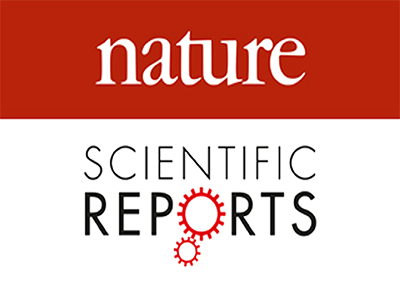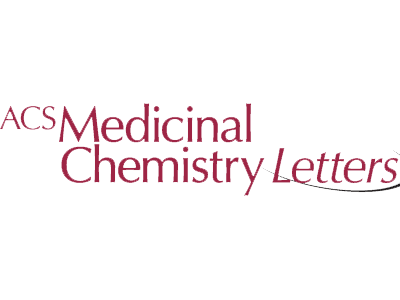P-glycoprotein (Pgp) is known as a multidrug resistance protein. It belongs to the superfamily of ATP-binding cassette (ABC) transporters. ABC proteins transport various molecules across extra- and intra-cellular membranes. It was established that the drugs bind when the protein is in its Apo form, i.e. in an ATP free state. Thus, in various lead optimization drug design projects it is extremely important to know whether some biologically active compound is a potential Pgp target. However, the X-ray data provides only a partial answer due to the diverse set of likely structures that exist in the apo protein form.
As such, the evaluation of drug candidates for their P-gp susceptibility has become an important step in the development of novel therapeutics in the pharmaceutical industry. The U.S. Food and Drug Administration (FDA) and the European Medicines Agency (EMA) now mandate documentation of drug interactions with P-gp and several other transporters for approval of any new drug.
Thus, studies of P-gp and drug interactions are exceedingly important not only for cancer treatment but also in a broad range of drug discovery programs.
In a collaboration with the University of Bonn, our scientist obtained several apo structures describing the changes in both the known and hidden binding sites. Our data have been well validated, agree well with the experimental observations and in particular the distances between individual residual pairs in the Nucleotide binding domains (NBDs) measured by DEER spectroscopy.
In conclusion, our models largely extended those retrieved by the X-ray method, and, based on our in house prepared diversity of structures, we can examine with a higher confidence level the possibility of a compound to be a Pgp binder. Thus, we offer as an main service to our clients such studies.



